Ertach Kernow - Past Cornish storms
Past Cornish storms have been bad and although Storm Babet hit Cornwall it was certainly not with the same consequences as elsewhere in the UK. We’re used to some battering by winter storms with high winds and heavy rain, this time escaping largely unscathed. The worst seems to have been in Scotland and certain parts of England where unprecedented levels of flooding were seen. With the increasing influence of climate change within the UK, Cornwall will be no doubt get an increased share of damage from future weather-related events.
The storms of 2014 are probably still very memorable to people in Cornwall who witnesses twelve separate storms between December 2013 and March 2014. Cut off by rail with the loss of the track at Dawlish, Cornwall saw huge amounts of coastal damage and near loss of historic buildings, including some carried away entirely by huge waves. Some ten years earlier it was massive rainfall on Bodmin Moor on 16th August 2004 that caused flooding at Boscastle. The benign looking River Valency with its tributaries collected so much water in a short period, seeing a rise in river levels of two metres and leading to debris damming the river under a bridge. This was subsequently swept away causing a wave over 10 feet high to crash through the village. One hundred homes and businesses were destroyed including the quaint Pixie House along with many caravans and cars washed out to sea. Happily, there was no loss of life.
Storm damage to Cornwall and its infrastructure is not new, over the centuries loss of buildings, bridges, coastal land areas along with human and animal life has taken place. At sea today ships are powered by engines, largely made of metal and constructed to withstand adverse weather conditions. Better meteorological data and forecasting has diminished the risks and the rescue services with modern technology and equipment help eliminate loss of life.
Isolated storm events took place in 1842 which saw just some parts of south Cornwall suffer. It was reported on 2nd September ‘On Saturday afternoon last , different parts of the county were visited by a thunderstorm, the most destructive to human life ever known here.’ From an afternoon beginning as described as beautifully fair there followed a lightning storm, with rain coming down in a deluge. The Falmouth and Penryn neighbourhood was severely hit, and a cottage struck by lightning stunning the inhabitants. At St Austell the storm continued for two hours where a group of young girls were collecting blackberries. They took shelter in an old unoccupied house, but lightening seems to have entered by the doorway and struck them all down. They were all stunned, and two twelve-year-old girls were killed with three injured. Around Looe torrents of rain mixed with immense sized hail stones fell with a bargeman killed by lightening at Duloe. Strangely though, Truro and elsewhere saw nothing of the storm whatsoever.
In July 1847 it was the north of Cornwall which suffered from a particularly destructive storm. The previous year had seen torrential rain at the East Wheal Rose Mine, flooding the mine and kill 39 men and boys. It appears that there were no deaths in 1847, but the amount of destruction to infrastructure and loss of farm animals was huge. On 8th July the storm commenced at about 10.00am and continued through to 6.00pm and described as the worst experienced for 50 years. The River Camel rose and broke its banks causing inhabitants at Camelford to seek shelter in their upper stories, the bridge was feared to be in danger of being swept away, but fortunately survived. The turnpike road however was torn up and a stone weighing some ten tons moved a considerable distance. The bridge at Tregoodwill and others in the parishes of Lanteglos and Advent together with three bridges on the small River Inney were carried away. At Bodmin, Dunmere Bridge and a new railway bridge as well as two other railway bridges were destroyed. At Wadebridge the river rose twenty-one feet above its normal level and the bridge was saved by the river water escaping around its approaches relieving the pressure. There were many lucky escapes with one man getting to a tree, which fortunately survived, just as the bridge he was crossing was swept away. The innkeeper at Wenford Inn opened all his doors and allowed the water to flow through the building although he lost his stables. This perhaps the most destructive Cornish land-based storm of the 19th century.
The effect of the huge United Kingdom wide storm of 1859, known as the Royal Charter Storm and its effect on Cornwall was covered in an Ertach Kernow article of 27th October 2021, which can be found on the website. Many vessels were lost around the Cornish coast with great loss of life. The death and destruction caused by this particular storm resulted in the introduction of the gale warning service in 1860 and the further development of the Meteorological Office.
The effects of storms elsewhere, around the coast of Britain would also have a major impact on local Cornish communities. The Cornish maritime trade was the chief method of moving goods around Cornwall and the UK during the 19th century, until completion of the Royal Albert Bridge in 1859. Then with Cornwall’s railways connected to those of England rail became the most effective and safest method of transporting goods. Timber sailing vessels were built in many shipbuilding yards around Cornwall’s coastline, from small fishing boats to brigantines and schooners of over 200 tons, these often crewed by local men and occasionally a single family. Sinking of a vessel could have devastating impact on a town through the loss of life and also the work and income the ship created within that community. Sailing vessels were seen in large numbers around the coast of Great Britain transporting goods, with storms causing countless wrecks on Cornish shores, many ships just vanished unseen with their crews.
The Royal Cornwall Gazette reported on 5th November 1880; ‘The storm which swept over the United Kingdom last week, and which was at its height when we published our last issue, was of almost unparalleled violence, and the damage to shipping and loss of life was immense. Cornwall and Cornish vessels have not been so fortunate as we had hoped. The Unity, of Newquay has, it is feared, foundered with Captain House, William Pollard, mate, and a youth named Billing, on board. The two first named men leave each a wife and three children the schooner, New Parliament, of the same port, has also gone down, but her crew were saved.’ William had married a Newquay girl working in Fowey and he was the love of her life. Mary would remarry three years later a man with a safer job, a saddle and harness maker and they would have nine children and many descendants. As a result of that storm 123 years ago and three generations later yours truly was born and able to share the sad story of Constantine House, William Pollard and John Billing who lost their lives off Whitby unseen in a storm far from their Cornish homeland.
Storms aren’t always about wind and rain there Cornwall is occasionally subject to heavy snowfall and the Great Blizzard of March 1891 was a case in point. Besides the heavy snowfall on land there were disasters at sea from this memorable storm, with lasting memories within a community. Charles Boxer from Newquay, now largely forgotten has gone down in local folklore for being a strong swimmer renowned for swimming between Trevelgue Head and Newquay Harbour. On 10th March 1891 the Porth a Newquay vessel he was serving on, registered in Padstow under Captain John Billing, was wrecked at the Isles of Scilly. Sailing from Swansea for Penzance the Porth was observed at 4:30am in a disabled condition from gale force winds. It seemed certain that the vessel would run ashore and the St Agnes lifeboat, James and Caroline, was launched at 6:15am to meet her. The vessel came ashore on the Westward Rocks near the Annet Island west of St Agnes island. Billing and his son had taken to their boat and reached the shore, Boxer swam powerfully and reached rocks at Annet where he was last seen. The lifeboat saved Captain Billing and his son but failed to locate Boxer, where it’s said he died from exposure. He was found a month later and identified by a tattoo on his arm and buried in St Agnes Churchyard. He left a young wife having been married only about 18 months. John Billing would later also die at sea when his vessel Johan Carl ran aground on a sandbank in the Severn Estuary in 1917.
Sometimes there are stories where one can raise a smile, such as when the Liberal Unionist Party politician and wealthy landowner Sir Lewis Molesworth was caught in the 1891 blizzard. After a political rally at St Minver Sir Lewis had to abandon his carriage seeking shelter overnight in a small cottage at the amusingly and ironically named hamlet of Pityme. The best the poor folk could do to accommodate him was to give him a seat by the fire as there was a man lying dead in the bedchamber. Newspaper reports suggested that ‘this is undoubtedly the roughest experience Sir Lewis has ever encountered.’ Incidentally he lost the 1892 election for the Launceston constituency but became MP for Bodmin in 1900.
Today with improved infrastructure Cornwall should be far better prepared than in the 19th century, even though there will be weather led disasters no amount of preparedness can mitigate for as the effects of climate change grow.
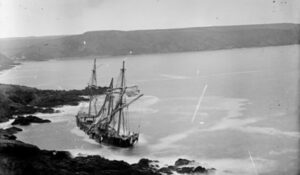
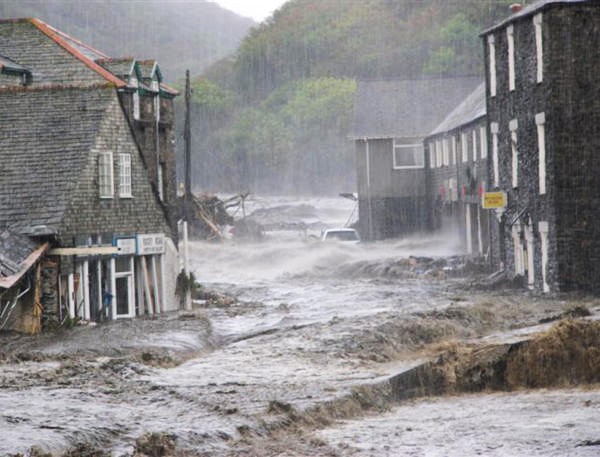
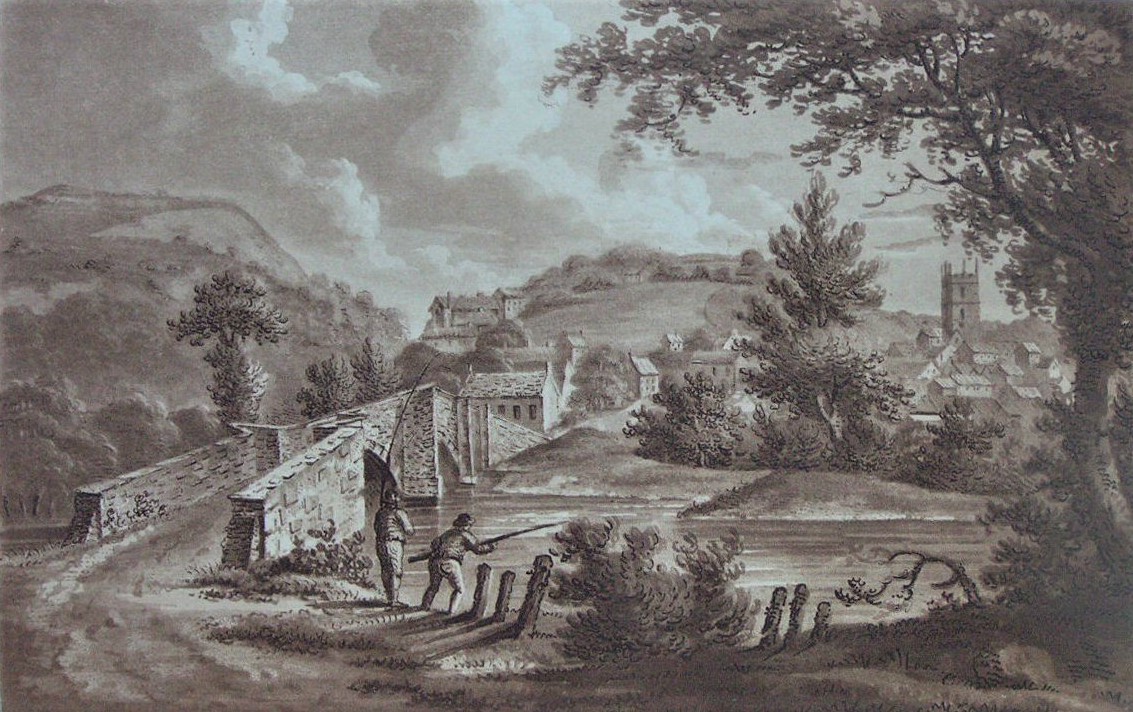
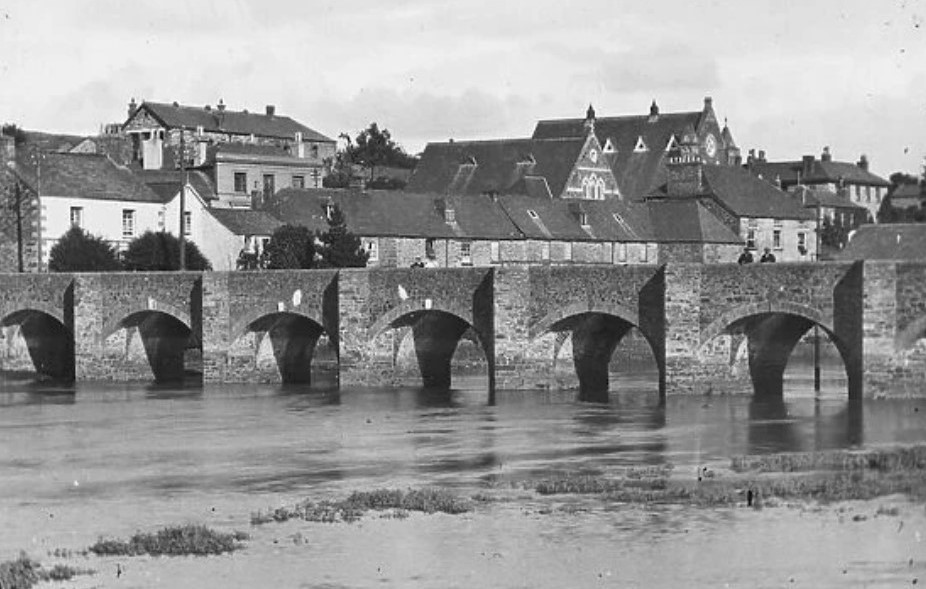
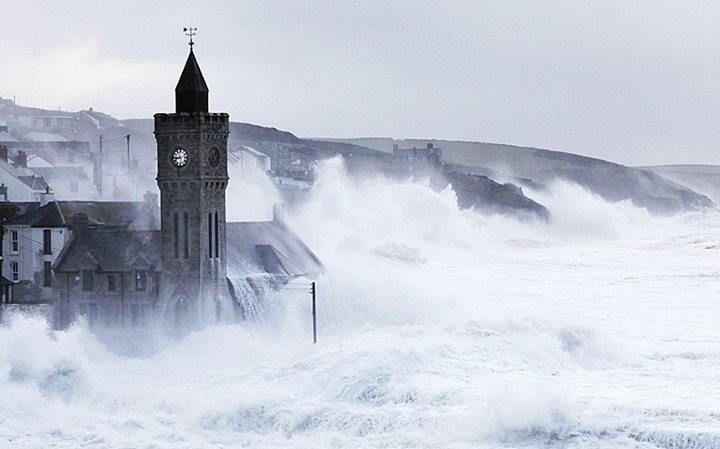
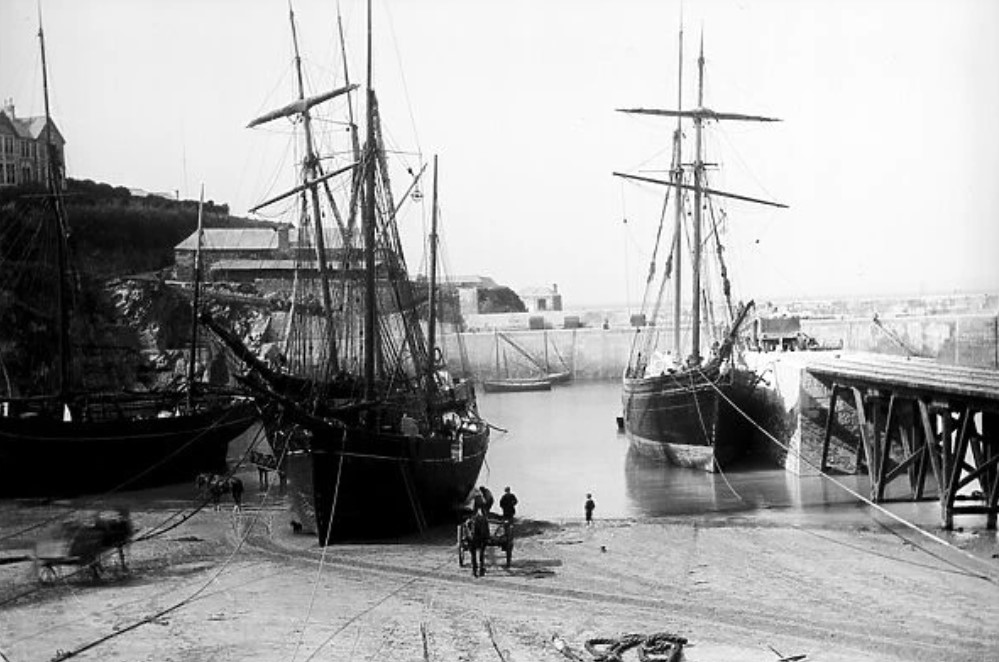
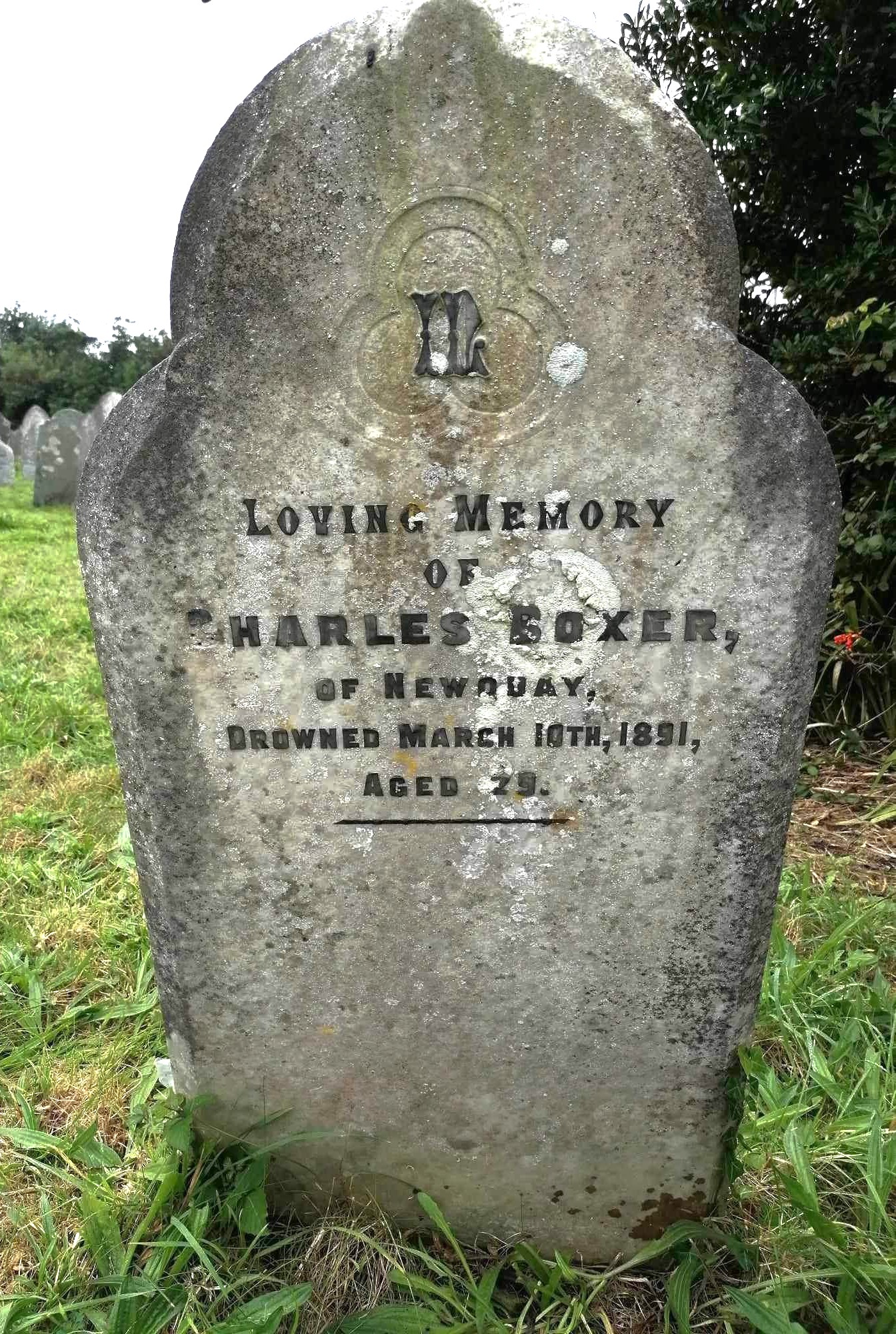
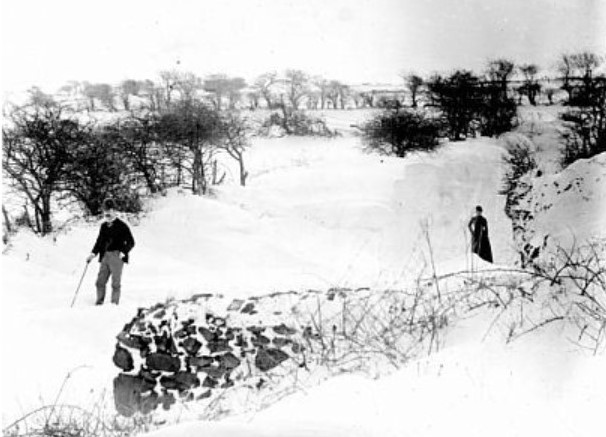
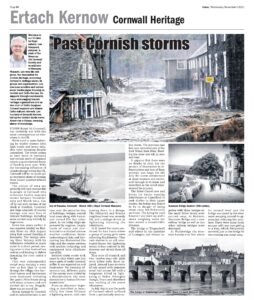
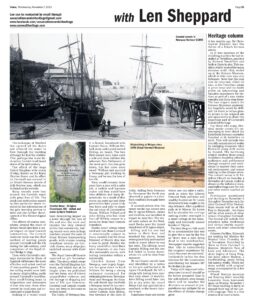
![[175] Ertach Kernow Heritage Column - 1st November 2023 - Films Workshops and Music Ertach Kernow Heritage Column - 1st November 2023 - Films Workshops and Music](https://www.cornwallheritage.com/wp-content/uploads/2023/10/175-Ertach-Kernow-Heritage-Column-1st-November-2023-Films-Workshops-and-Music.jpg)